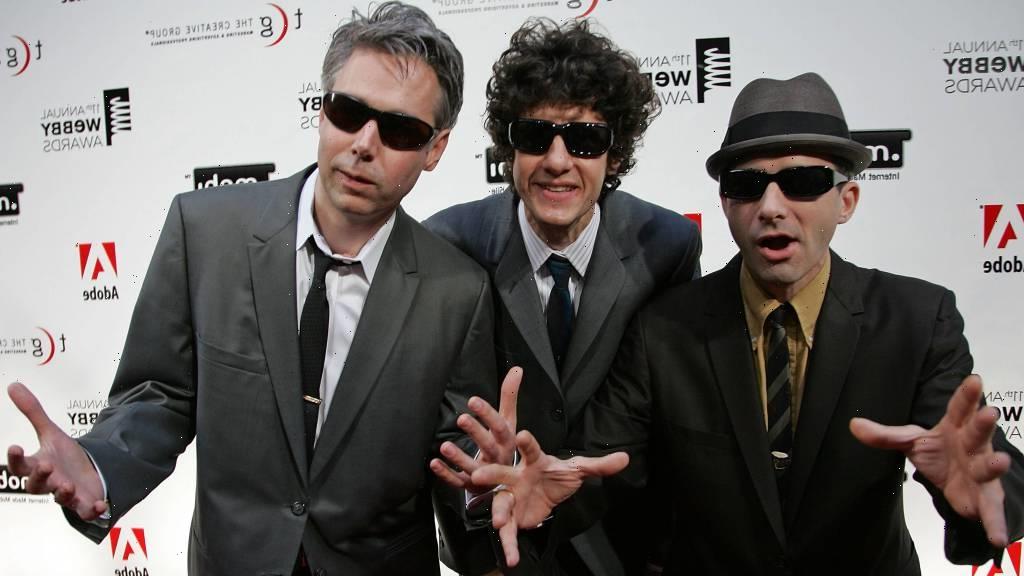The 2022 British Open was Rory McIlroy’s for the taking, and Cameron Smith swooped in and took it.
On golf’s most famous hole, standing behind the notorious Road Hole bunker, Smith, leading McIlroy by a stroke at -19, settled in and putted one of the strangest, and most crucial, shots of his career. The ball rolled up and around the bunker, giving him a short par putt that he drained for the most important up-and-down of his life.
One hole and one stroke behind him, McIlroy was trying his hardest to get his game out of third gear. McIlroy couldn’t get a long putt to fall all day, and in the end, that doomed him. McIlroy missed birdie chances on 16 and 17, and an eagle chance at 18, and could only watch his chances wilt away. After Cameron Young eagled the 18th and McIlroy was unable to birdie the hole, McIlroy ended up in solo third place at -18.
Smith and McIlroy hadn’t really engaged in a duel, per se; McIlroy, who along with Viktor Hovland entered the day with a four-stroke lead, had played conservative golf all afternoon. That would have been the smart play had Smith not gotten on a hot streak all but unprecedented in major championship golf: five straight birdies on the back nine as part of a final-round 64, enough to blow right past McIlroy and claim the Claret Jug.
It was a bitter end to McIlroy’s longtime attempt to win a fifth major, in the face of one of the most brilliant performances in major championship history.
Before the tournament: Tradition, legacy and LIV
The week began with all the expected ceremony, pomp and circumstance, and reverence. This year marks the 150th Open Championship, and any time the Open rotates around to St. Andrews, the air grows thick with legacy and tradition. Luminaries from Jack Nicklaus to Lee Trevino to Tom Watson circulated amongst St. Andrews’ links early in the week, with McIlroy slotting in easily in amongst the past legends.
Not invited to the festivities: Greg Norman, chief executive of the breakaway LIV Golf tour. Norman, a two-time winner of the Open, would normally attend the Past Champions’ Dinner on Tuesday night – as would LIV notable and 2013 Open champion Phil Mickelson, who opted not to attend – but the R&A decreed that Norman’s presence would prove too much of a distraction.
It was the correct call. This year’s Open Championship could be the final one where LIV players can rely on world golf rankings to qualify. If the Official World Golf Rankings don’t certify LIV – a tour of 54-hole, no-cut tournaments – then LIV players will tumble down the rankings in the coming years.
“We have been asked quite frequently about banning players. Let me be very clear. That’s not on our agenda. But what is on our agenda is that we will review our exemptions and qualifications criteria for The Open,” R&A CEO Martin Slumbers said. “And whilst we do that every year, we absolutely reserve the right to make changes as our Open Championships Committee deems appropriate. Players have to earn their place in The Open, and that is fundamental to its ethos and its unique global appeal.”
Tiger Woods also took aim at LIV players, criticizing their focus on money over legacy. “I think that what they’ve done is they’ve turned their back on what has allowed them to get to this position,” Woods said. “Some players have never got a chance to even experience it. They’ve gone right from the amateur ranks right into that organization and never really got a chance to play out here and what it feels like to play a Tour schedule or to play in some big events.”
The tournament begins: Smith, McIlroy take charge early
And then the final men’s major of the year began, and all talk of LIV receded into the background. McIlroy got the fortunate early-late draw, and rode some good weather and good fortune to an opening-round 66. Only Young was better, finishing at 65 in his first-ever Open appearance.
McIlroy has spent the last eight years trying to figure out how to recapture the magic that led him to four majors early in his career, and he’s spent the last seven years living with the fact that he missed the Open the last time it came to St. Andrews because he injured himself playing soccer with friends. He was the defending Open champion then, and there’s always been a bit of a what-if? about that particular tournament.
Since then, McIlroy has specialized in amassing back-door top 10s in majors, playing well only when the pressure’s off. He’s averaged two top 10s in the four majors every year since 2014. But before Sunday, he’d only been in the final pairing on a major Sunday once: the 2018 Masters, where he started three strokes behind Patrick Reed and quickly fell off the pace.
But something odd started happening this year, beginning with his closing-round 64 in the Masters that left him tied for second, his highest-ever finish at Augusta. McIlroy began putting together more strong rounds at every major, staying within sight of the top of the leaderboard at both the PGA Championship and the U.S. Open. He didn’t win either one, but he was getting closer.
McIlroy was a bit player in the most notable scene on Friday at the Open: Tiger Woods’ journey around St. Andrews for what could be the final time. Woods, still recovering from injuries suffered during a one-car wreck in February 2021, missed the cut by a mile. But he grew visibly emotional as he walked up the 18th fairway, tipping his cap to McIlroy as he went.
Also on the course, Smith and Young enjoyed considerably more success, Smith in particular. Smith posted the lowest 36-hole score to par in the history of the Open Championship at -13. Young was two strokes back, and McIlroy and a surging Hovland were three.
That quartet separated from the rest of the field on Saturday. Despite ideal scoring conditions, no one deeper in the field was able to make a charge. McIlroy and Hovland switched places with the Cams, taking over the lead heading into Sunday.
One of the benefits of rolling into Sunday at a major with a four-shot lead is that you’ve got room for others to make a run. Before McIlroy and Hovland even teed off, Sam Burns dropped a 64 and Sadom Kaewkanjana and Abraham Ancer threw down 65s … and none got closer than five strokes.
On the other hand, one of the drawbacks of rolling into Sunday at a major with a four-shot lead is that you’re vulnerable to someone going on a five-birdie run. That’s exactly what Smith did from holes 10 to 14, catching and passing McIlroy along the way.
Hovland, meanwhile, faded into the distance. He first blinked on the fourth hole with a bogey – his first after posting the field’s only bogey-free round on Saturday – and couldn’t keep pace with McIlroy and a streaking Smith. Young couldn’t keep pace either, unable to get a crucial birdie putt to drop on 16 that would have tied him with McIlroy at -18. He rolled in an eagle on the 18th to tie, momentarily, for the lead, but Smith immediately poured in a two-foot birdie in the shadow of the Old Course Hotel and the R&A clubhouse. The ending was every bit as epic as the tournament deserved.
______
Contact Jay Busbee at [email protected] or on Twitter at @jaybusbee.
Source: Read Full Article



